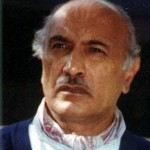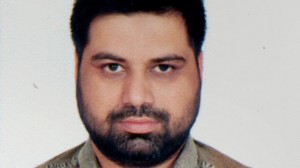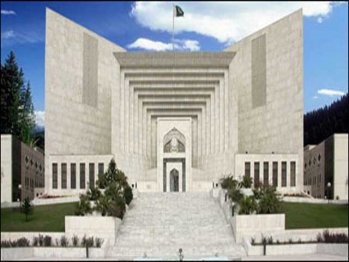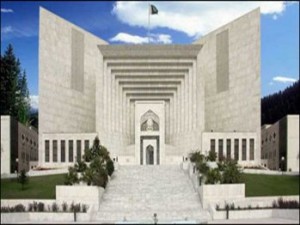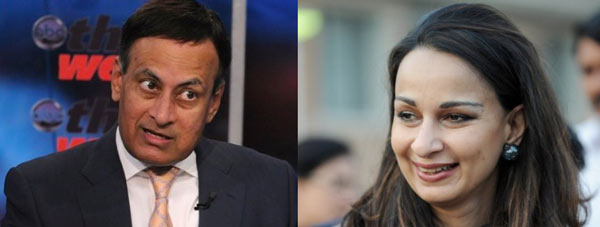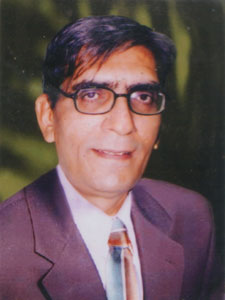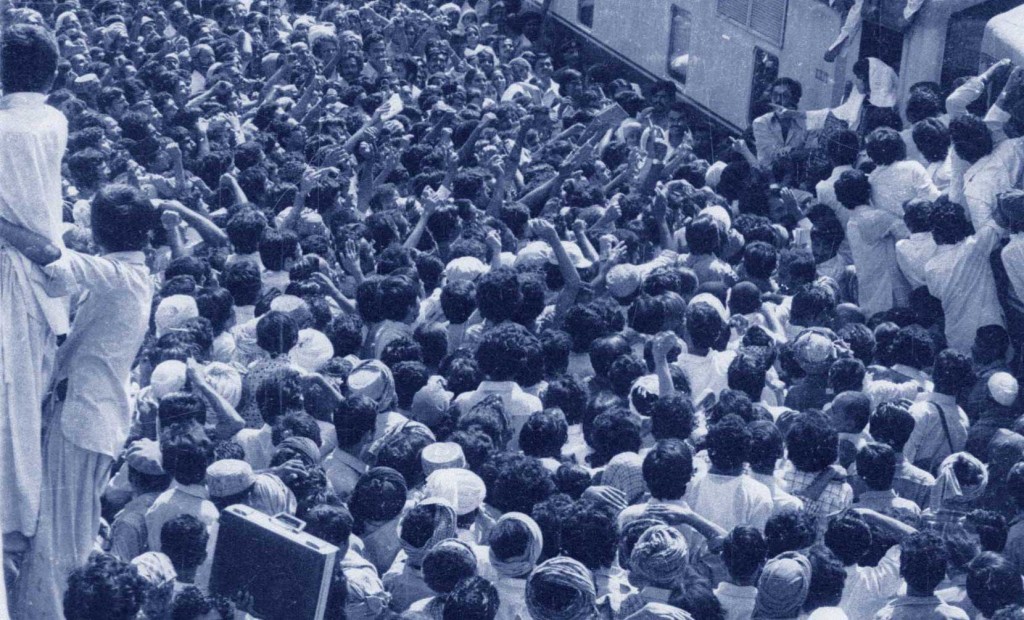Pakistan is one of the Bush administration’s close allies in the war against terrorism. Yet anti-American sentiment there has been growing with unprecedented force since the US conducted a war in Iraq, another Muslim country in the neighborhood.
In March, tens of thousands of people took to the streets to oppose the start of the war. While the coalition of Islamic parties in the United Council for Action (MMA) led the opposition marches in major cities, they won considerable support from secular forces. The anger has been growing since 2001, when hundreds of ordinary Pakistanis living in the North West Frontier Province lost their lives in the US-led military operation against the Taliban in neighboring Afghanistan.
Even President Gen. Pervaiz Musharraf and his rubber stamp parliament, led by Prime Minister Zafarullah Jamali, have been forced by public pressure and opposition politicians into condemning the US invasion. Although certainly not pro-Saddam, most Pakistanis see the war as an assault on another Third World Muslim country. That has temporarily united the opposition and the government, otherwise at odds over the military’s attempts to consolidate its grip over the nation.
Musharraf’s government has played a front-line role in the war against terrorism since September 11. Faced with anti-American sentiment, however, the military has grown more secretive about its role in helping the US ferret out al-Qaeda elements. Public resentment centers on Pakistan’s Inter Services Intelligence, which picks up locals at the instigation of the Federal Bureau of Investigation and interrogates them about their possible links with the terrorists.
In picking up al-Qaeda suspects, the Pakistan military has attempted to prove links with the nation’s leading Islamic party, the Jamaat-i-Islami. The government stepped up efforts to portray the party as having terrorist ties after a senior al-Qaeda leader, Khalid Shaikh Mohammed, was captured from a Jamaat supporter’s home in a middle class suburb of Rawalpindi. Earlier, the FBI had picked up Jamaat member Ahmed Javed Khawaja and his family for alleged al-Qaeda links. Their case is in Pakistan’s courts.
However, Qazi Hussein Ahmed, the Jamaat-i-Islami chief who heads the MMA, has argued that the government is using the current scare to crush the Islamic alliance because of its opposition to US policies in the region. He claims that individual members of Jamaat, not the organization itself, have lent support to al-Qaeda elements in Pakistan.
Avoiding the Issues
Apart from picking up terrorists, the US appears to be paying little attention to rising anti-American sentiment. This superficial approach ignores the fact that the country is currently fertile ground for Islamic militancy directed against the West. For example, the Bush administration has ignored Pakistan’s request to replace thousands of madressahs (Islamic schools) by strengthening its education system. Instead, public education deteriorates, while madressahs thrive with the help of Zakat (Islamic charity) and Saudi funds. They are a by-product of the last two decades, particularly the need to infuse youth with Islamic fervor during Pakistan’s proxy war in Afghanistan.
Reversing two decades of support for Islamic militancy, Pakistan’s Western-educated army demonstrated its flexibility after September 11, arguably becoming the US’s closest ally in dismantling the schools. On the other hand, the military also maintains its hold on Kashmiri militants, supported by sectarian extremists, who are waging a war against Indian forces in the disputed Kashmir territory. Local militants have become cannon fodder for al-Qaeda extremists who have shifted to the region since their ouster from Afghanistan.
Despite its political inconsistency, Musharraf’s regime has earned the support of the Bush administration through its cooperation in hunting down al-Qaeda. Thus, since 9/11, no embarrassing questions have been asked about democratizing the country. Instead, Pakistan’s strategic usefulness in bolstering the pro-US regime in Afghanistan has allowed it to win $305 million in US aid and debt relief totaling $1 billion.
In a thinly attended April 2002 referendum, General Musharraf had himself elected President for the next five years. As in Turkey, a Legal Framework Order (LFO) gives the army a constitutional role in politics. Amending the 1973 Constitution, Pakistan’s LFO authorizes Musharraf to dissolve the Cabinet, National Assembly and Senate, dismiss the prime minister, and hold fresh elections. Opposition politicians are demanding an end to the LFO, but the government has warned them personally to back down or face the consequences.
Just before the October 2002 elections, the LFO disqualified the other major politicians and former premiers, Pakistan Peoples Party (PPP) chief Benazir Bhutto and Pakistan Muslim League (PML) head Nawaz Sharif along with Mohajir Qaumi Movement chief, Altaf Hussein. At the same time, the military helped to create the Pakistan Muslim League (Q) by offering incentives to former supporters of Nawaz Sharif who were willing to defect from his party and support Gen. Musharraf.
Nevertheless, the PPP won the most votes in the October elections. In response, the military encouraged party defections within the PPP Ñ effectively stopping Benazir Bhutto’s supporters from being elected to cabinet posts in the national government and preventing it from forming a government in Sindh, its home province in the south.
The army has also increased its meddling in domestic politics. As the Senate elections were about to be held, a leader of the PML, the party of former prime minister Nawaz Sharif, was kidnapped by the Inter Services Intelligence, the external secret service agency, which is also interfering in domestic politics in hopes of forcing him to change his loyalties. Other opposition politicians allege that the government attempted to intimidate them into supporting Prime Minister Jamali.
After 10-15 days, during which there were rowdy scenes in the National Assembly, the opposition took the oath of office, but privately replaced LFO wording with the 1973 constitution.
Losing Control
Since the 2002 election, the army-backed government doesn’t have enough opposition support to pass two laws that could curtail press freedom Ñ namely the Code of Ethics and Press Council. As if anticipating this problem, the military imposed an Anti-Defamation Ordinance just before the October elections, mandating a fine of $900 and three months imprisonment to journalists whose writings offend the government.
In March, Brig Ijaz Shah, Home Secretary of the Punjab, summoned the editor of the Weekly Independent, an English newspaper, then pressured him not to run anti-government reports. The Committee to Protect Journalists wrote to the government, expressing concern about the Home Secretary’s threat to act against the paper for opposing the “national interest.” Sindhi newspapers, which tend to be far more critical of the military, allege that attempts are being made to control them by withdrawing government advertisements.
As anti-US sentiment approaches epic levels, opposition political parties, led by the MMA Islamic alliance, are set to mount their biggest challenge yet to the Musharraf government. For the first time, the MMA has been able to bring hundreds of thousands of people into the streets to protest Pakistan’s support for the Bush administration. Just before the US invasion of Iraq began, nationwide protests climaxed with a million man march, convened by the MMA in Lahore.
Faced with rising anti-Americanism, state authorities cancelled a visit by US-supported Afghan president Hamid Karzai at its Pakistan Day celebration on March 23. A meeting between President Bush and Prime Mminister Jamali was also cancelled.
US war in Iraq raises the specter of increased support for Islamic extremists throughout the Muslim world, including Pakistan. TV images of civilian casualties in Iraq, beamed daily into homes through cable and satellite, has already provoked anger and fueling increased Islamic militancy.
Once upon a time, support for al-Qaeda chief Osama Bin Laden was confined to Pakistan’s North West Frontier Province and Balochistan provinces. Conservative Islamist Pashtuns live in these provinces and contiguous tribal areas which border Afghanistan. They form the bulk of supporters for the Taliban Ñ which sheltered al-Qaeda during their six year rule of Afghanistan. Now Islamic extremism is growing in other parts of the country.
In the face of armed aggression in Iraq, more and more people are reaching the conclusion that Islamic militancy is justifiable. How ironic. The Bush administration used the threat of terrorism to attack Iraq, but its policies are also fueling the urge to retaliate, in the US and abroad.
Source: Toward Freedom
